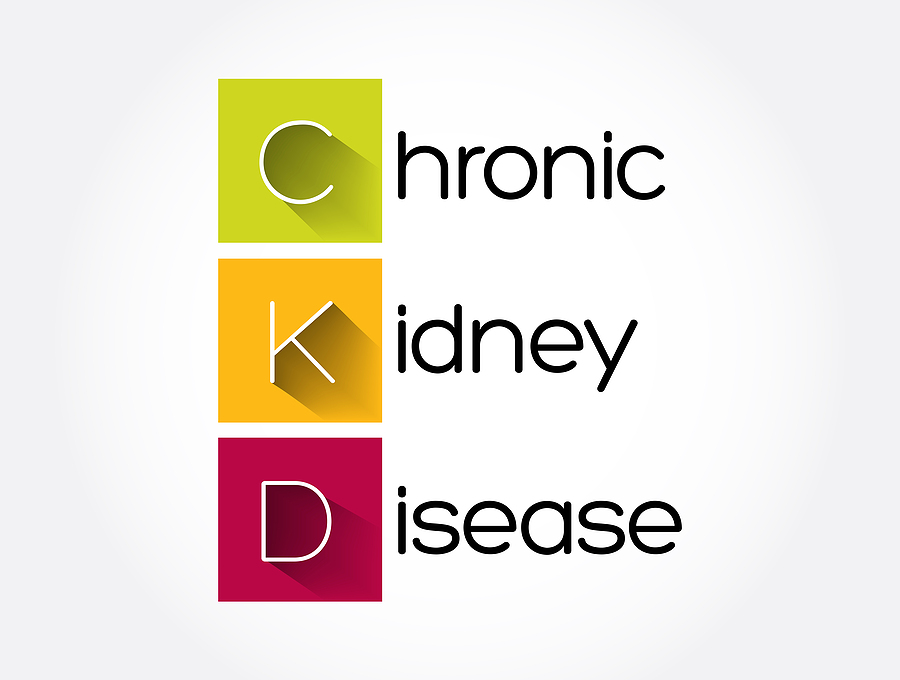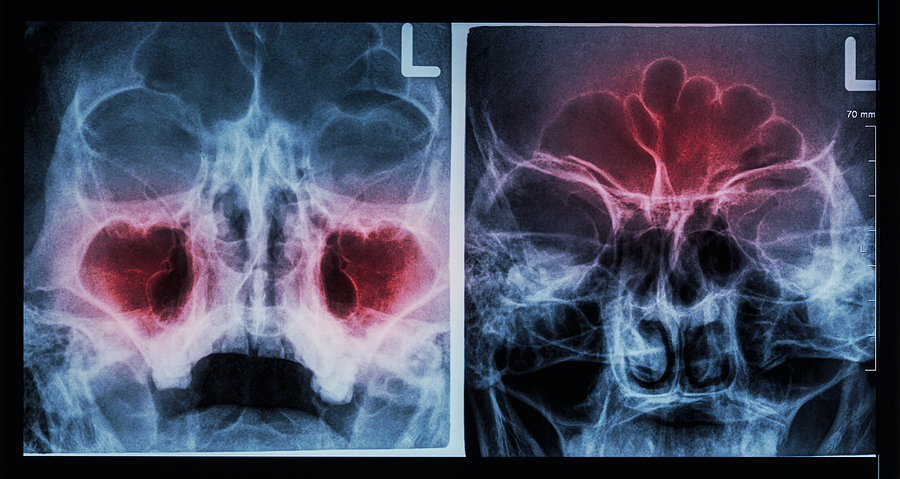One of the most common frustrations we hear from veterans and pilots alike is: “How do I get my records now that I’m out?” Whether you just walked off the flight line last week or you hung up the uniform 20 years ago, getting your health records is critical for both VA disability claims and FAA medical certification.
The good news: all branches—Navy, Army, Marine Corps, Air Force, and Coast Guard—feed their records into the same system now. The process is different depending on whether you are freshly separated or long retired. Here’s the roadmap.
Still on Active Duty
Service members preparing to separate should make it a priority to visit their local Military Treatment Facility (MTF) before leaving. The medical records office (outpatient records office) can provide a copy of your complete Service Treatment Record once you fill out the request form. Handling this in person ensures you walk away with the complete set of documents rather than depending on the system to transfer them later. This is the most reliable way to safeguard your records while they are still under direct military control.
In addition, you can download your health record electronically through the MHS Genesis Patient Portal or, in some cases, TRICARE Online. These platforms allow you to access clinical notes, lab results, imaging reports, and your medication history, giving you a complete digital snapshot of your care.
During out-processing, remember to request a copy of your Separation Health Assessment (SHA). The VA often reviews this document first when evaluating disability claims, and it is equally helpful for showing continuity of care to the FAA.
Some commands may also provide a CD containing your Service Treatment Record, but do not assume this copy is automatically forwarded to the VA. Maintaining your own personal set of records is your responsibility and the safest way to avoid gaps later.
Immediately After Separation
Once you’ve actually separated, your strategy shifts slightly. The first year after separation is often the most critical window for securing your medical records. During this period, your information is still “warm” in the system, meaning it remains readily accessible before being archived or shifted to slower retrieval pathways. Most recently separated veterans can log in to the MHS Genesis Patient Portal—or, in some cases, TRICARE Online—to download their records directly. This access may include clinical notes, diagnostic test results, imaging reports, and medication history, but it does not last indefinitely. Once your account is closed, those files can only be recovered through more formal requests.
It is also wise to double-check the documents you collected during out-processing. Many service members leave with a CD or digital copy of their Service Treatment Record provided by their command. Please verify that this disc or file set actually opens, that the data is complete, and that it covers the whole span of your service. Problems discovered early can still be corrected while your records are actively maintained in the system.
This immediate post-separation phase is the easiest time to build your own personal archive. By saving both digital downloads and physical copies, you create redundancy and protect yourself against lost or incomplete data in the future. Veterans who take these steps in the first year almost always find the VA claim process and FAA medical certification much smoother than those who wait until the trail has gone cold.
Long After Separation
If you’re years out and can’t log into MHS Genesis anymore, you’re not out of luck. The process shifts.
VA Blue Button Report
Veterans who have ever been seen in the VA system can log in to MyHealtheVet and download the VA Blue Button Report. This is an online tool that lets you pull a detailed record of your VA encounters, medication lists, lab results, and clinical notes. It is beneficial for tracking ongoing care and building documentation for claims or FAA compliance. What the Blue Button does not provide are your original service treatment records from active duty, so it should be viewed as a supplement rather than a replacement. Think of it as your VA-era health snapshot.
National Archives (NPRC)
To retrieve your original service treatment records, the National Archives maintains an online request system at archives.gov/veterans. Through this portal, you can request either your Service Treatment Records (STRs) or your Official Military Personnel File (OMPF), depending on what you need for documentation. The process is straightforward but not fast. Requests can take anywhere from a few weeks to several months, depending on the backlog and the age of your file. For that reason, it is best to plan well in advance if you are preparing a VA disability claim or need records for FAA medical certification.
VA Records Request (Form 10-5345)
Another option for veterans is to submit VA Form 10-5345, formally titled Request for and Authorization to Release Medical Records or Health Information. This form allows you to request a copy of your treatment records directly from the VA. When filling it out, be very clear that you want complete records, including all imaging studies, laboratory results, and provider notes. If you request only a medical summary, you may receive a partial packet that omits essential details. Submitting a precise and thorough request helps ensure you have everything needed for both VA disability claims and FAA medical compliance.
Defense Personnel Records Information Retrieval System (DPRIS)
In addition, veterans can access the Defense Personnel Records Information Retrieval System (DPRIS) through the milConnect website. This portal is linked to the Defense Manpower Data Center and provides a convenient way to obtain digital copies of your archived files. Suppose your personnel and medical documents were scanned correctly at the time of separation. In that case, you may be able to download them instantly in PDF format without waiting weeks for mailed copies. Not every record set is complete so that results can vary, but DPRIS is often the fastest and most efficient first stop for retrieving official service records.
Tips for Every Branch
Each branch has its own quirks, so here are some specific tips.
Navy and Marine Corps
Navy and Marine Corps veterans often find their medical records routed through the Bureau of Medicine and Surgery (BUMED). This process can create significant delays, particularly if you did not secure copies during out-processing. Having your own CD or downloaded files is critical, since relying solely on BUMED requests often means waiting months.
Army
Army medical records generally flow into the VA system faster than those from other branches, making them somewhat easier to track. However, many veterans discover that diagnostic imaging and specialty reports lag. These are often requested separately to ensure the VA and FAA have the complete documentation required for claims and certification.
Air Force
The Air Force was among the first to fully transition to MHS Genesis, streamlining access for those who separated more recently. Veterans who left before 2020, however, usually find their records missing from online portals. In these cases, filing a National Archives request is almost always necessary to obtain complete service treatment documentation.
Coast Guard
Coast Guard veterans face a more complex process, since record management has historically been less centralized. The best starting point is often the DPRIS portal through milConnect, which can provide scanned records if they were archived correctly. If gaps remain, the next step is to submit a request to the National Archives for thorough coverage.
Practical Strategy
The practical way to think about this is in two phases: short-term capture and long-term backup. In the short term, download everything you can while your account is still active, and save it securely. In the long term, file a National Archives request even if you already have a CD in hand. Discs get scratched, portals close down, and redundancy is the safest strategy.
Why This Matters
This process is more than housekeeping. For the VA, your records form the backbone of a disability claim, and without them, it becomes your word against the government’s. For the FAA, they verify compliance and stability, and missing documents can delay medical certification. The bottom line is simple: grab your records early, keep multiple copies, and know where to turn when years have gone by. Every service member—Navy, Army, Marine Corps, Air Force, and Coast Guard—has a pathway to get their records. The key is knowing where to look and acting at the right time.
Bottom line: grab your records early, keep multiple copies, and know where to turn when years have gone by. Whether you served in the Navy, Army, Marines, Air Force, or Coast Guard, the systems are there—you need to work them in the correct order.





